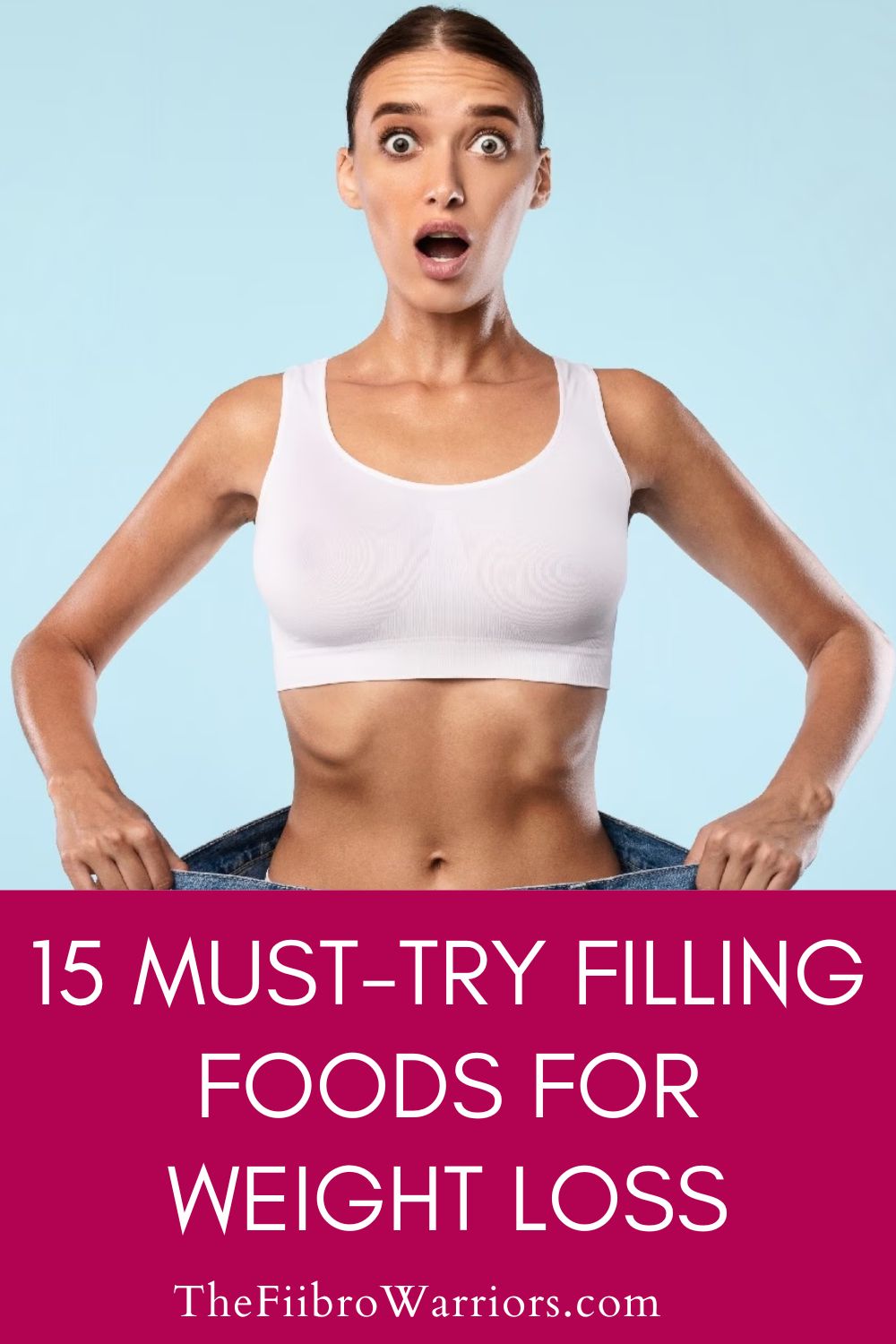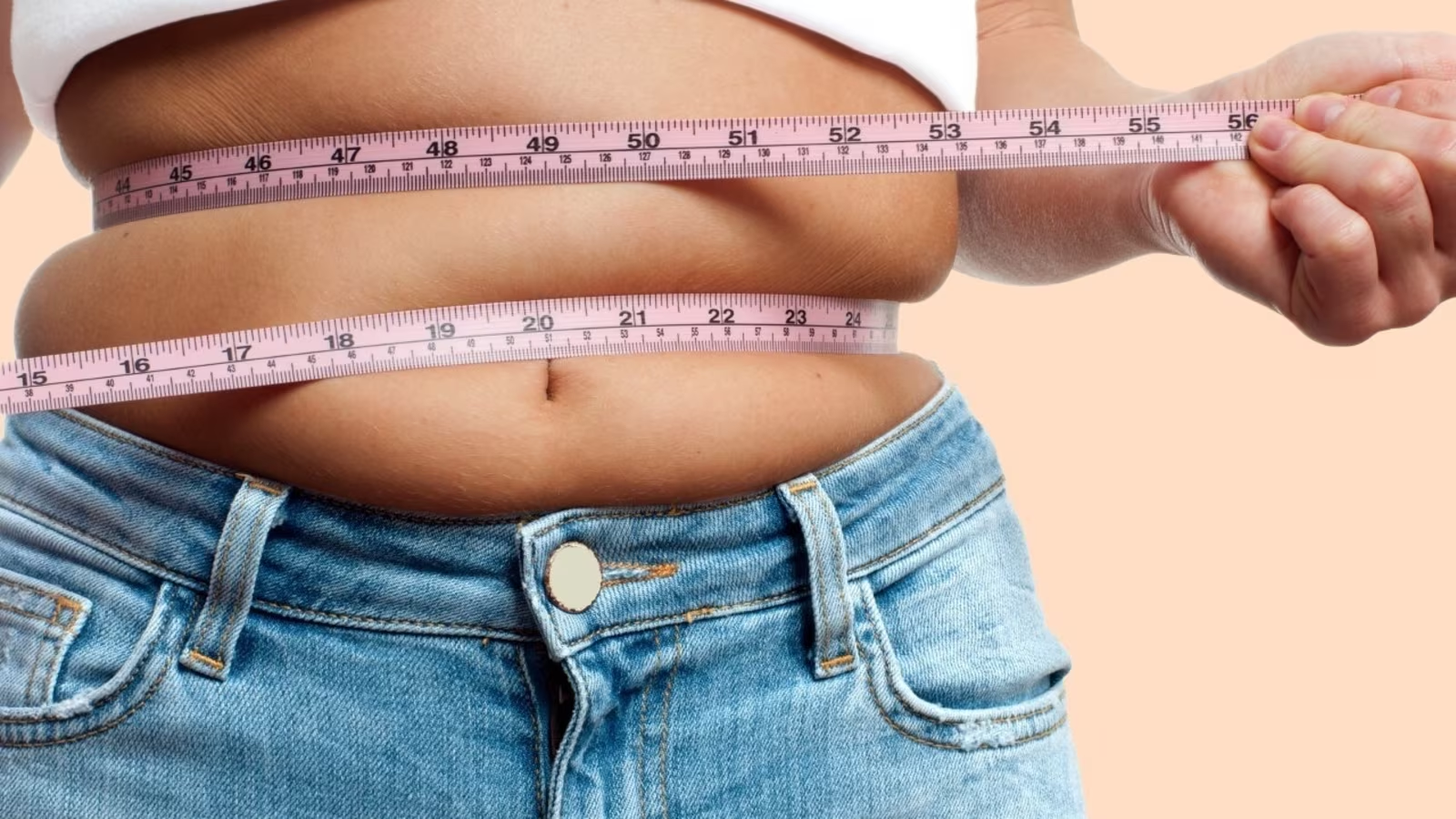Get pumped for your weight loss journey with these exciting, super-filling foods! Imagine cozying up to a bowl of hearty oats or diving into creamy Greek yogurt – they’re packed with protein and fiber to keep you full and focused.
Then, brace yourself for the berry blast of antioxidants and the omega-3 adventure with fish. But wait, there’s more! Say hello to the satisfying crunch of potatoes and quinoa, keeping you fueled and ready to rock your goals.
Get set to spice up your plate and make weight loss feel like a thrilling, tasty ride!
Healthy Eating Habits
Here are a few tips to keep in mind:
- Plan: Meal prep can help control portions and ensure that nutritious, low-calorie options are readily available. This can also save time and money in the long run.
- Incorporate a variety of foods: Eating a range of fruits, vegetables, lean proteins, and whole grains can provide essential nutrients for healthy living.
- Control portions: Even healthy foods can contribute to weight gain if consumed excessively. Using measuring cups or a food scale can help control portions.
- Avoid skipping meals: Skipping meals can lead to overeating later on and disrupt metabolism. Fueling the body with regular, balanced meals and snacks is essential.
- Stay hydrated: Drinking plenty of water can help control appetite and prevent overeating.
- Be mindful: Attention to hunger and fullness cues can help prevent overeating and promote a healthy relationship with food.
Protein-Rich Foods
Protein is an essential nutrient for weight loss. It helps to build and repair muscles, which in turn increases metabolism and burns more calories. Here are some protein-rich foods that are perfect for weight loss:
- Fish: Fish is an excellent source of protein and omega-3 fatty acids. Some of the best weight-loss fish options include salmon, tuna, and sardines.
- Lean Meat: Lean meat such as beef, pork, and lamb can be a good source of protein. However, it is important to choose lean cuts of meat to avoid excess fat and calories.
- Chicken and Turkey: Chicken and turkey are excellent protein sources and are low in fat. They can be grilled, baked, or roasted for a healthy and filling meal.
- Eggs: Eggs are a great source of protein and can be eaten in various ways. They can be boiled, fried, or scrambled for a quick and easy meal.
- Legumes: Legumes such as beans, lentils, and chickpeas are a great source of protein and fiber. They can be added to salads, soups, or stews for a filling and nutritious meal.
- Black Beans and White Beans: Black and white beans are high in protein and fiber. They can be used in various recipes, including salads, soups, and casseroles.
Vegetables and Greens
Vegetables and greens should be a staple in any diet for weight loss. They are low in calories and packed with essential vitamins and minerals for overall health.
Here are some of the must-try vegetables and greens that can help you feel fuller for longer and promote weight loss:
- Spinach: Spinach is a nutrient-dense leafy green that is low in calories and fiber. One cup of spinach contains only about seven calories and 1 gram of fiber. It is also a good source of vitamins and minerals, including vitamins A, C, and iron.
- Kale: Kale is another leafy green that is packed with nutrients. One cup of kale contains only about 33 calories and 2.5 grams of fiber. It is also a good source of vitamins and minerals, including vitamins A, C, and calcium.
- Brussels sprouts: Brussels sprouts are a cruciferous vegetable low in calories and fiber. One cup of Brussels sprouts contains only about 38 calories and 3.3 grams of fiber. They are also a good source of vitamins and minerals, including vitamins C, K, and folate.
- Sweet potato: Sweet potatoes are a starchy vegetable low in calories and fiber. One medium-sized sweet potato contains about 103 calories and 4 grams of fiber. They are also a good source of vitamins and minerals, including vitamins A, C, and potassium.
- Cucumber: Cucumbers are a low-calorie vegetable that is high in water content. One cup of cucumber slices contains only about 16 calories and 0.5 grams of fiber. They are also a good source of vitamins and minerals, including vitamin K and potassium.
- Leafy greens: Leafy greens, such as lettuce and arugula, are low in calories and fiber. One cup of lettuce contains only about five calories and 0.5 grams of fiber. They are also a good source of vitamins and minerals, including vitamins A, C, and folate.
- Radishes: Radishes are a root vegetable low in calories and fiber. One cup of sliced radishes contains only about 19 calories and 1 gram of fiber. They are also a good source of vitamins and minerals, including vitamin C and potassium.
- Celery: Celery is a low-calorie vegetable that is high in water content. One cup of chopped celery contains only about 16 calories and 1.6 grams of fiber. It is also a good source of vitamins and minerals, including vitamin K and potassium.
- Avocado: Avocado is a fruit high in healthy fats and fiber. One medium-sized avocado contains about 250 calories and 10 grams of fiber. It is also a good source of vitamins and minerals, including vitamin K, potassium, and folate.
Whole Grains and Seeds
Whole grains and seeds are excellent sources of fiber, protein, and other essential nutrients that help keep people full and satisfied for longer periods.
Here are some must-try whole grains and seeds for weight loss:
- Oats: Oats are one of the most popular whole grains, known for their high fiber content and ability to keep hunger at bay. They are also rich in beta-glucan, a soluble fiber that can help lower cholesterol levels and improve heart health.
- Quinoa: Quinoa is a gluten-free whole grain packed with protein, fiber, vitamins, and minerals. It also has a low glycemic index so it won’t cause spikes in blood sugar levels.
- Barley: Barley is a versatile whole grain used in various dishes, from soups and stews to salads and pilafs. It is also fiber-rich and has been shown to help regulate blood sugar levels.
- Farro: Farro is an ancient whole grain rich in fiber, protein, and essential nutrients. Its nutty flavor and chewy texture make it a great addition to salads and grain bowls.
- Seeds: Seeds are a great source of healthy fats and are rich in fiber and protein. Chia seeds, in particular, are an excellent source of omega-3 fatty acids and can help keep you full and satisfied.

Healthy Fats and Dairy
Here are some must-try options:
- Greek Yogurt: This creamy and protein-rich yogurt is an excellent addition to any meal or snack. It’s also low in calories and calcium, essential for bone health.
- Cottage Cheese: Cottage cheese is another protein-rich option that can be eaten on its own or added to meals. It’s also low in calories and high in calcium.
- Feta: Feta cheese is a tasty and tangy addition to salads, sandwiches, and other dishes. It’s also relatively low in calories and fat compared to other cheeses.
- Nuts: Nuts are a great source of healthy fats and protein. Almonds, in particular, are a good option for weight loss because they’re high in fiber and help keep you feeling full.
- Olive Oil: Olive oil is a healthy fat that can be used in cooking or as a salad dressing. It’s high in monounsaturated fats, linked to a lower risk of heart disease.
Fruits and Hydration
One of the most critical factors in weight loss is staying hydrated. Fruits are an excellent way to stay hydrated as they contain high water levels. Here are some of the best fruits to eat for hydration:
- Watermelon: Watermelon is one of the most hydrating fruits, with over 90% water content. It is also rich in vitamins A and C, making it a great choice for a healthy snack.
- Berries: Berries are another excellent source of hydration. They are low in calories and high in fiber, making them an excellent choice for weight loss. Berries are also rich in antioxidants, which can help to reduce inflammation in the body.
- Apples: Apples are a great source of hydration, with over 80% water content. They are also high in fiber, which can help keep you full for longer.
Smart Snacking
The key to smart snacking is choosing filling foods that are also low in calories. Here are some delicious and healthy snack ideas that are all under 500 calories:
- Popcorn: Air-popped popcorn is a great low-calorie snack that can help satisfy cravings for something crunchy. Just be sure to avoid the butter and salt that often come with pre-packaged options.
- Nuts: Nuts are a filling and nutritious snack that can help satisfy you between meals. However, they are high in calories, so stick to a small portion size.
- Healthy recipes: Many healthy snack recipes are filling and delicious. Some examples include roasted chickpeas, baked sweet potato chips, and homemade granola bars.
Meal Planning and Prep
Meal planning and prep are essential for anyone looking to lose weight. Here are some tips for meal planning and prep:
- Plan your meals ahead of time: Take some time each week to plan out your meals. This will help you avoid making unhealthy choices when hungry and pressed for time. Consider using a meal planning app or website to make the process easier.
- Prep ingredients in advance: Spend time prepping ingredients for your meals each week. This might include washing and chopping vegetables, roasting or baking chicken or other proteins, and cooking grains or pasta.
- Use one-pot meals: One-pot meals are a great option for meal prep. They’re easy to make and can be stored in the fridge or freezer for later. Make one-pot pasta, butternut squash soup, or a black bean-quinoa bowl.
- Try vegetarian or vegan options: Vegetarian and vegan meals can be as filling as meat-based options. Consider trying recipes like vegetarian chili, roasted vegetable quinoa bowl, or vegan egg roll in a bowl.
- Make use of leftovers: Leftovers can be a great option for meal prep. Consider making extra servings of dishes like chicken salad, egg rolls in a bowl, or chicken lettuce wraps to have on hand for later.
- Invest in meal prep containers: Proper containers can make meal prep easier and more convenient. Look for containers that are microwave and dishwasher-safe, and that can be stacked for easy storage.
Lifestyle and Wellness
Maintaining a healthy lifestyle is crucial for weight loss and overall well-being. It involves making conscious choices about food, exercise, and other habits. Incorporating nutrient-dense foods into the diet is one critical aspect of healthy living.
These foods provide essential nutrients and help keep the body full and satisfied.
Inflammation is a common issue that can hinder weight loss progress. Choosing anti-inflammatory foods can help reduce inflammation in the body and promote weight loss. Some examples of anti-inflammatory foods include fatty fish, leafy greens, and nuts.
Metabolism plays a significant role in weight loss. Eating foods that boost metabolism can help the body burn calories more efficiently. Some metabolism-boosting foods are spicy foods, green tea, and lean proteins.
Healthy recipes can be a great way to incorporate nutrient-dense foods into the diet. Many delicious and filling recipes can help with weight loss. Some examples include vegetable stir-fries, lentil soups, and quinoa bowls.
Frequently Asked Questions
What are the top low-calorie foods that can help with weight loss?
Some top low-calorie foods that can help with weight loss include leafy greens, berries, fish, chicken breast, and non-fat Greek yogurt. These nutrient-dense foods can help keep you full while consuming fewer calories.
Which high-satiety foods should be included in a weight-loss diet?
High-satiety foods that can be included in a weight loss diet include foods high in fiber, protein, and water. Examples include oatmeal, avocado, beans, lentils, nuts, and seeds.
What fruits are both filling and beneficial for weight loss?
Apples, bananas, oranges, and grapefruit are both filling and beneficial for weight loss. These fruits are low in calories and high in fiber, which can help keep you full for longer periods.
Can you list filling foods that do not contribute to weight gain?
Foods that are filling yet do not contribute to weight gain include vegetables such as broccoli, cauliflower, and carrots. These foods are low in calories and high in fiber, which can help keep you full without contributing to weight gain.
Which foods can one eat in large quantities without gaining weight?
Fruits, vegetables, and lean proteins such as chicken breast and fish can be eaten in large quantities without gaining weight. These foods are low in calories and nutrients, making them a great addition to any weight loss diet.
What are three staple foods to include in a diet for optimal weight loss?
Three staple foods to include in a diet for optimal weight loss include eggs, quinoa, and sweet potatoes. Eggs are high in protein and can help keep you full, while quinoa and sweet potatoes are high in fiber and can help regulate blood sugar levels.

 Melinda Miles is a courageous fibromyalgia warrior living with the condition for over 10 years. She is an advocate and voice in the fibromyalgia community, having created an online blog, TheFibrowarriors.com, to provide education, support, and community for those affected by this often misunderstood condition.
Melinda Miles is a courageous fibromyalgia warrior living with the condition for over 10 years. She is an advocate and voice in the fibromyalgia community, having created an online blog, TheFibrowarriors.com, to provide education, support, and community for those affected by this often misunderstood condition.